| Car Albums | |||||
| Makers | |||||
| Models | |||||
| Full menu functions for the buttons above are only available if you ALLOW BLOCKED CONTENT. My menu scripts provide drop-down menus that have been tested with the latest Mozilla browsers. If the scripts do not run, limited navigation is given by these buttons | |||||
Woodies 'Woodies' or wooden Station Wagons gain popularity in the late 1930s as a practical vehicle with a body that was easy to build. When the war came petrol rationing was brought in for British motorists, but not for commercial vehicles. A Woody was considered to be a commercial and thus some people bought Woodies to get around rationing. Cars also became subject to 33per cent purchase tax which was not applied to commercials, and again this increased the market for Woodies. In postwar Britain only car manufacturers that could export their products would be supplied with steel, so it was easier to get hold of aluminium and wood than steel. By the 1960s coachbuilding had largely given way to monocoque steel bodies and the Woody was dying. A few manufacturers had a go at decorating their estate cars with wood effect trim, such as Ford Squire, Ford Cortina, and Mini Traveller, but by the mid 1960s the Woody was defunct. |
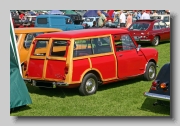
|
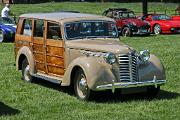
|
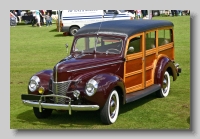
|
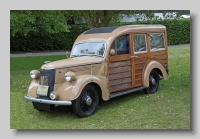
|
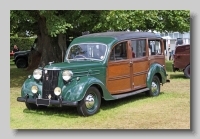
|
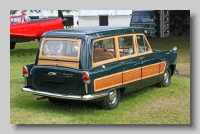
|
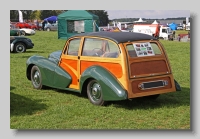
|
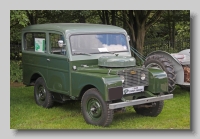
|
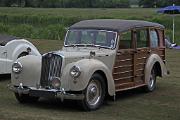
|
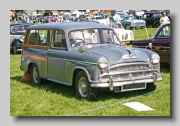
|
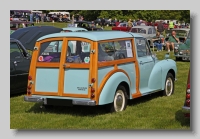
|
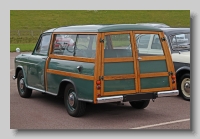
|
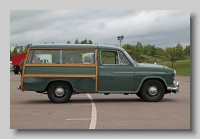
|
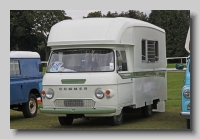
Coachbuilders
|
| British Cars | Simon Cars | ||||
Images created by Simon GP Geoghegan Email Simon